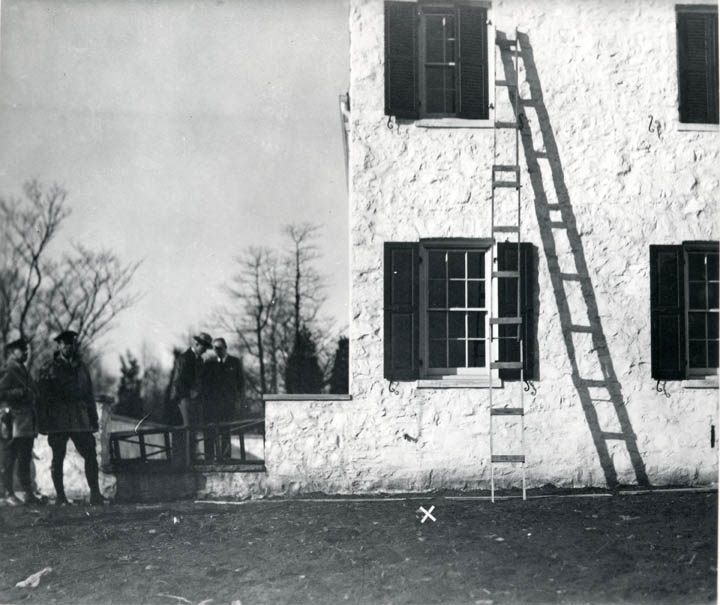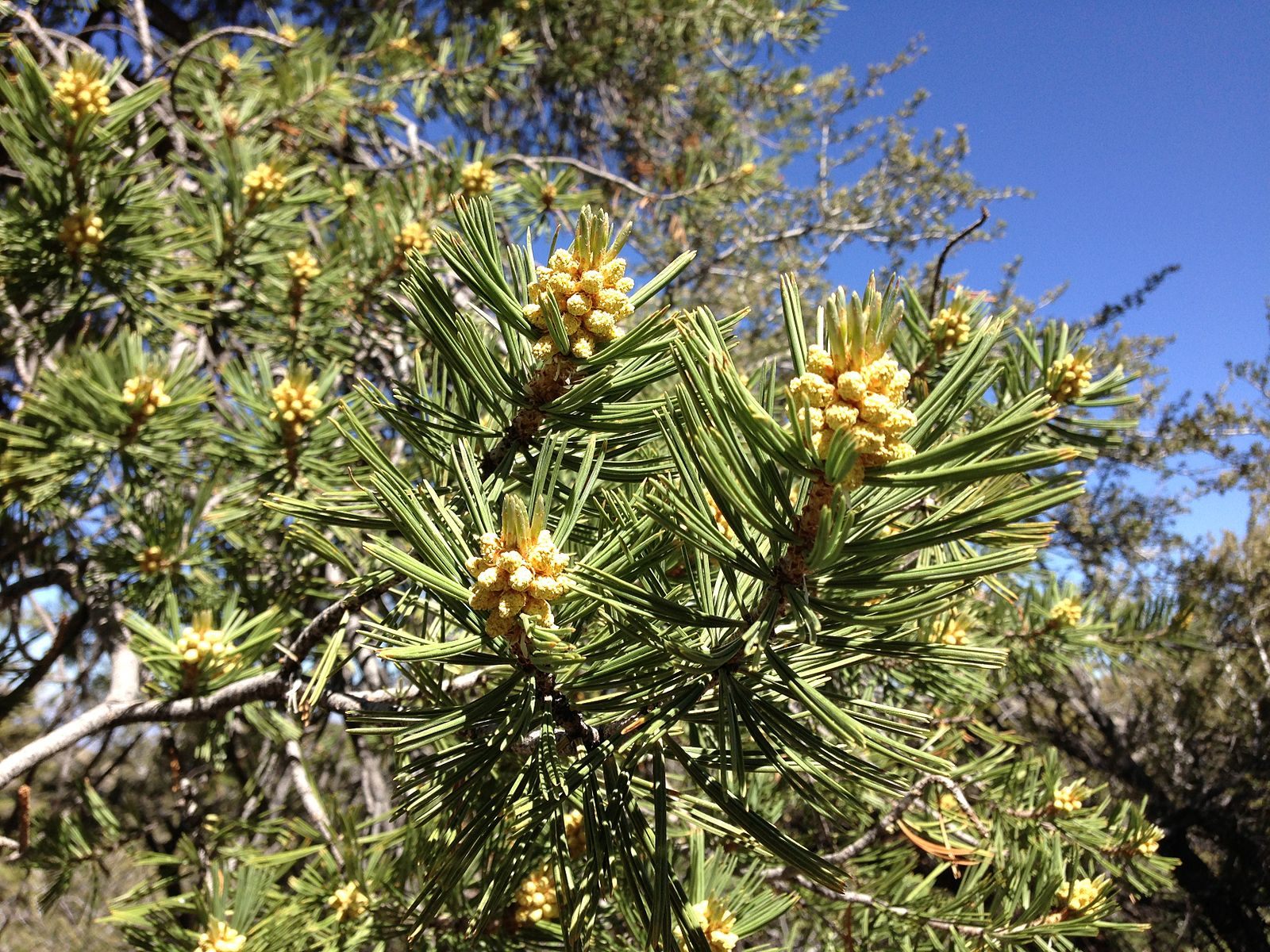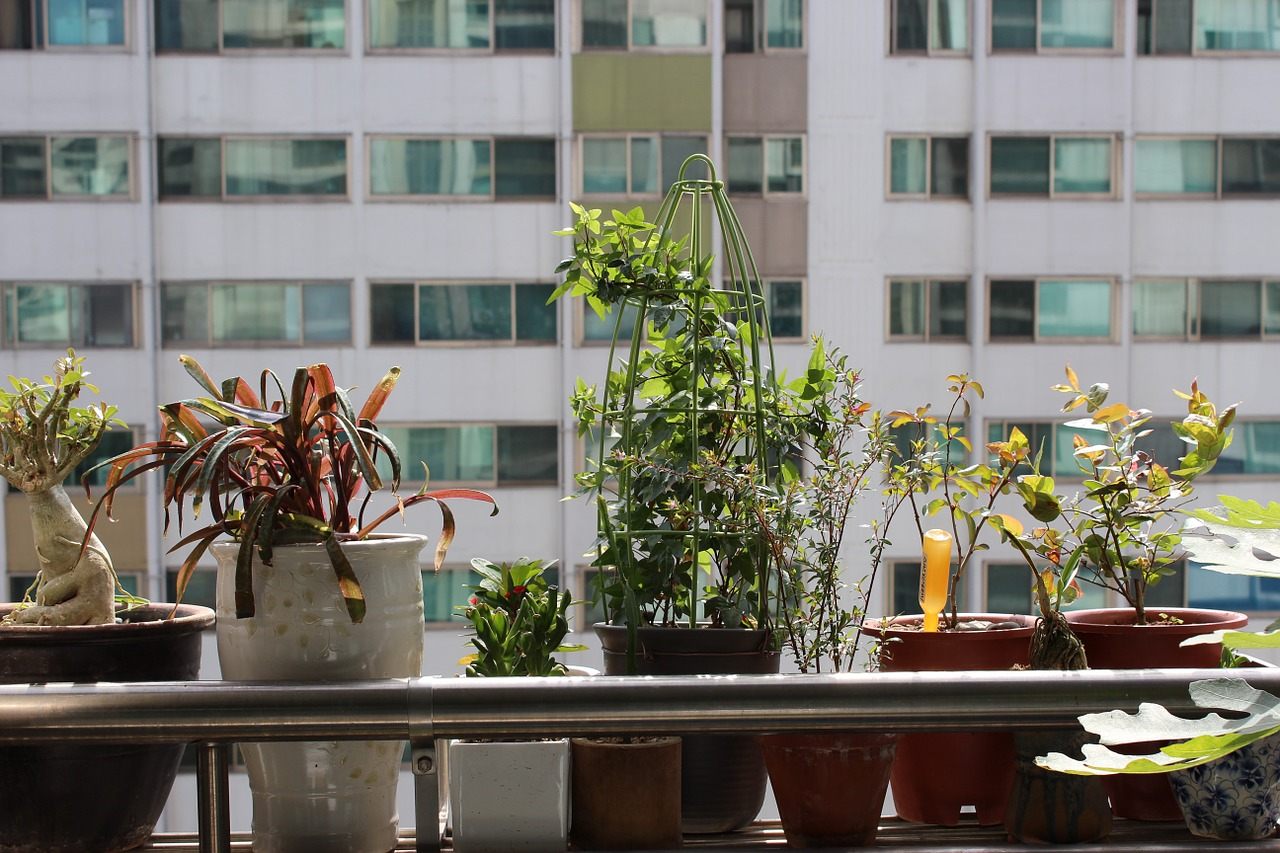How Trees Help Solve Murders
Twigs, seeds and pollen can help heat up otherwise cold cases.

A paloverde tree stands guard in an Arizona desert. In 1993, one of these trees helped solve a crime when it dropped its distinct seeds into a murderer’s pickup truck. (Photo: $1LENCE D00600D/CC BY-SA 3.0)
In June of 2015, a woman out walking her dog on the shore of Boston’s Deer Island came across a garbage bag, opened it up, and found the body of a dead baby girl, wrapped in a fleece blanket.
It was a nightmare scenario, and a very difficult case. The victim’s clothes were generic, and the water had rubbed off her fingerprints. An autopsy revealed next to nothing. A computer-generated image of the girl, nicknamed “Baby Doe,” was blasted across the nation’s social networks, but turned up no clues. Indeed, detectives knew nothing about her—until they found some pine pollen on her blanket. This told them that she was local, significantly narrowing the scope of the investigation. By September, she had been identified, and suspects are currently on trial.
Another case solved with forensic botany.
For forensic botanists, plants make up a whole class of readily available witnesses. They can’t spill their guts, or confess what they overheard, but when it comes to many the questions involved in solving a crime—the who, when, and where especially—their mere presence is enough. A unique seed pod found in a suspect’s pickup can cast suspicion on his self-proclaimed whereabouts, as happened in a 1993 Arizona case involving a murdered woman found beneath a paloverde tree. Or marijuana confiscated from different sites can be DNA-analyzed, with identical strains used to trace drug traffickers.
The first botanist to branch out into forensics was Arthur Koehler, who, as a wood expert at the United States Forest Products Laboratory, lent his expertise to a number of cases in the 1920s and ’30s. Koehler used his knowledge of tree taxonomy and cellular structure to testify about the provenance of wood used in homemade bombs and weapons. Most famously, he served as a star expert witness in the so-called Trial of the Century, the 1935 Lindbergh Kidnapping Case.

The so-called “Lindy Baby Ladder,” which botanist Arthur Koehler used to convict Bruno Hauptmann. (Photo: US Department of Agriculture/CC BY 2.0)
When Koehler took the stand in court, the defense originally objected, saying that “there is no animal known among men as an expert in wood,” and calling him “merely a man who has had a lot of experience in examining trees.” But by the end of the trial, Koehler had convinced the jury that, based on microscopic examination and his own robust carpentry experience, he could determine the exact provenance of the ladder found leaning into the window of the crime scene. After he traced it back to a lumberyard in the Bronx—and matched one of its replaced rungs to a plank of wood found in carpenter Bruno Hauptmann’s attic—Hauptmann was convicted, and, soon after, executed.
Eight decades later, Koehler’s legacy continues. Plenty of botanists, at the Forest Products Laboratory and elsewhere, now moonlight as consultants. As a paleoecologist, Sara Hotchkiss, a professor of the University of Wisconsin-Madison, spends most of her time trying to figure out how human activity impacted historical ecosystems—but when the coroner’s office calls her up, she knows how to help them solve more current problems. “The same methods I can use to reconstruct what used to grow here thousands of years ago are the methods that you might use to reconstruct where this thing has been over the past few weeks or months, or when something died,” she says.

Pine pollen is a crafty hitchhiker. Researchers recently determined that it can remain on certain types of clothing for up to two weeks. (Photo: Famartin/CC BY-SA 3.0)
Digging into particular mysteries solved by forensic botany is, like most exercises of this type, largely sad and gruesome. Last year, There was the woman in Taipei who was originally thought to have died in a hit-and-run accident until leaves were found in her hair; experts determined that they came from a potted plant a few stories above the street, and that the woman had jumped out the window, hitting the plant on the way down. There was the elderly Florida man found chopped up in pieces around South Florida. Twigs and leaves found in the buckets with his body parts matched up with a tree in his accused killer’s front yard.
Despite all this blood and drama, actual forensic botanists are quick to point out that the job is less Law & Order: S-Tree-U and more daily science grind. “I think a lot of people have this idea that forensic work is bells, whistles, whodunit, and drama,” says Alex Widenhoeft, a botanist at the Center for Wood Anatomy Research. “The truth is much less colorful.” His favorite days are spent at the microscope, poring over samples: “Good, clean fun, but not very dramatic.”

Don’t worry, apartment-dwellers—even potted trees can help solve crimes. (Photo: echang/PixaBay/CC0)
Hotchkiss emphasizes the great uncertainties that come with her work, and the lack of one-to-one answers available to anyone working with such fickle subjects. “Pollen is tiny and it flies around, and it’s going to be variable in any given area,” she says. Having a sample of it might, at best, make the map smaller. “So that’s the kind of thing we’re looking at—what are the limits you can put on the analysis?” (Using true crime-style framings makes this statistical analysis much more exciting for her students, she says.)
Mostly, go through enough examples, and you begin to appreciate the sheer intractability of plants—how, by dint of being all around us, they worm themselves into our lives and our deaths. That tree you barely glance at every time you leave your house has been watching you much more closely. After you’re gone, it might even help solve your murder.







Follow us on Twitter to get the latest on the world's hidden wonders.
Like us on Facebook to get the latest on the world's hidden wonders.
Follow us on Twitter Like us on Facebook